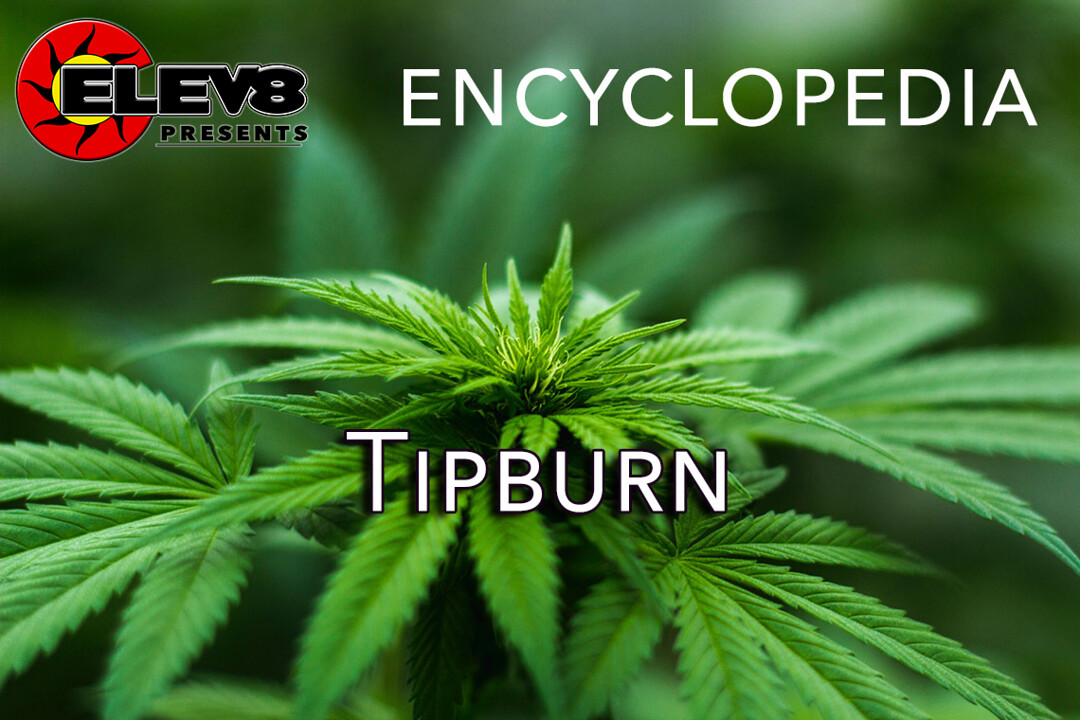What does Tipburn mean?
In botany, tipburn is a physical plant defect that is mainly characterized by a breakdown of the margins of the inner leaves. It shows up as yellowed leave tips, but can lead to greater issues. Tipburn usually occurs due to a nutrient deficiency or related issue.
In some cases, external tipburn can occur on the outer leaves, but these can be easily trimmed during harvesting. Internal tipburn can be particularly problematic to more delicate leaves such as lettuce and other types of salad mixes.
More Info on Tipburn
Tipburn can drastically limit the plant’s shelf life and appearance. Because it commonly leads to bacterial breakdown, tipburn can also trigger the growth of slime and rot, which can render the entire crop unmarketable.
Tipburn is often caused by a severe calcium deficiency. Indeed, calcium has been known to move from the roots to the leaves during watering, hence strengthening the cell walls. Therefore, a lack of calcium can result in weak cell walls, consequently causing the plants to collapse or even die.
However, tipburn can also occur in plants that are exposed to sufficient calcium but are not able to uptake it in sufficient amounts. In some cases, external tipburn can be caused by physical damage, such as during sand blasting or even windburn.
It’s not uncommon to confuse tipburn with scorched leaves. In this case, leaves that are too close to the growlights might appear to have tipburn, when in fact they are just actually burnt leaves.







